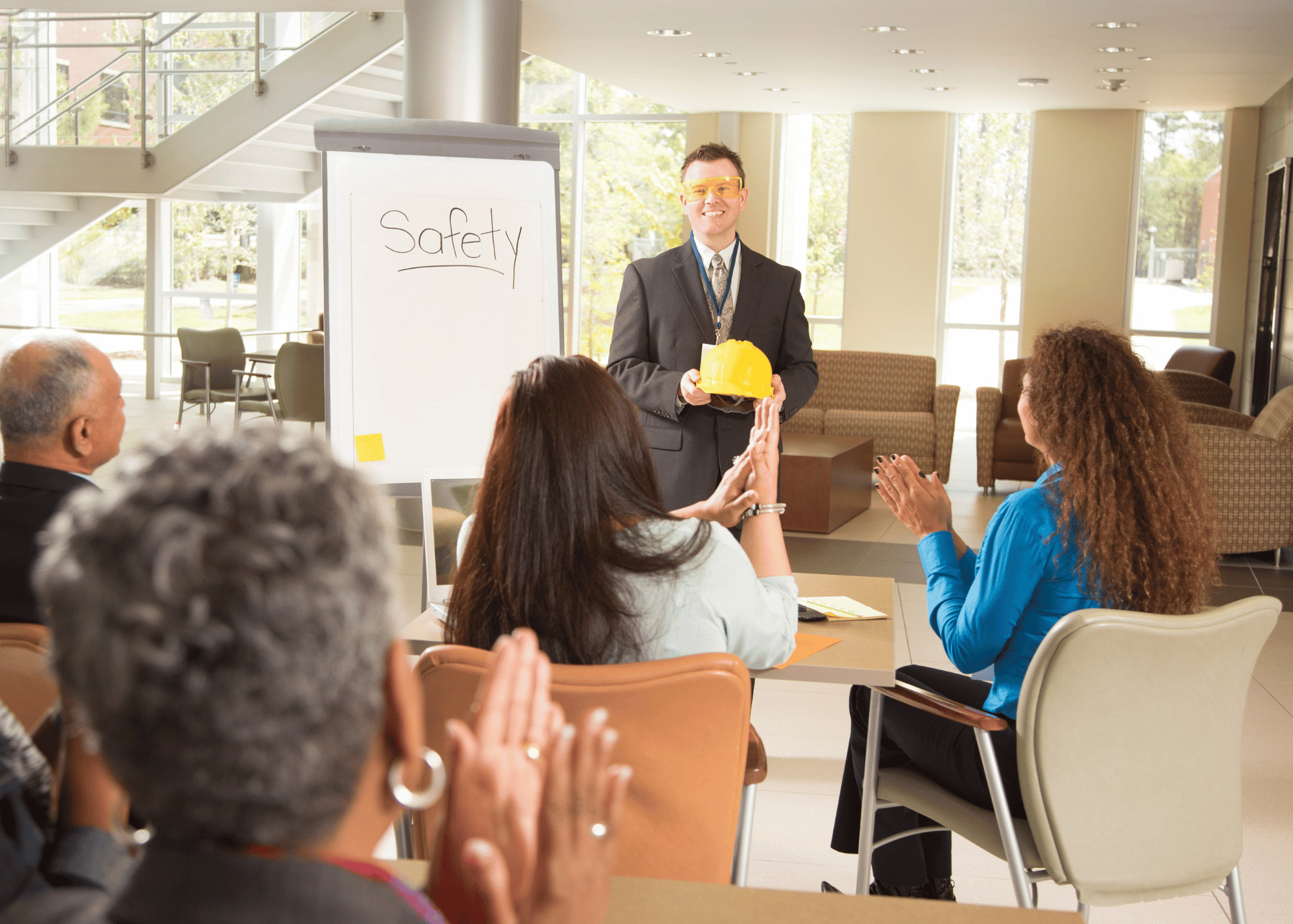
30 Mar How HR Can Help Improve and Maintain Workplace Safety
Workplace safety is a critical issue for any business. According to the Economic Policy Institute, workplace injuries and illnesses cost businesses more than $250 billion annually in lost productivity, medical expenses, and legal fees.
That’s why HR professionals need to take steps to improve and maintain workplace safety. By taking proactive measures, HR can help ensure a safe workplace and reduce the risk of accidents or injuries.
Ensure Necessary Safety Training
One of the most important things HR can do to ensure workplace safety is to provide employees with the necessary safety training. This includes educating them on hazardous materials, proper handling of machinery, and safe work practices.
Employees can better protect themselves from harm when they understand the risks associated with their job duties. Not only that but ensuring that employees have the necessary safety training can also lead to fewer accidents and injuries in the workplace.
Implement a Safety Plan
Another critical step HR can take to improve and maintain workplace safety is developing a comprehensive safety plan. This plan should identify potential hazards, outline procedures for properly handling hazardous materials, and provide employees with guidance on responding in an emergency. A clear safety plan can help employees stay safe and avoid accidents.
Use a Wireless Panic Alarm
Wireless panics can be an excellent tool for HR to use to improve and maintain workplace safety. These alarms allow employees to quickly alert the appropriate people in an emergency. A wireless panic solution can help reduce the amount of time it takes to get help and potentially save lives in the event of an accident or injury.
These alarms work because they are triggered by a wireless or Bluetooth signal, typically activated by pressing a button. When an employee triggers the alarm, it sends a signal that alerts emergency services to respond.
Develop Ergonomic Guidelines
Another way for HR to improve and maintain workplace safety is by developing ergonomic guidelines. These guidelines should include recommendations on how to set up a workspace to minimize the potential for injury.
This can consist of ensuring employees have access to adjustable chairs, proper lighting, and other equipment to reduce stress and strain on the body. These guidelines can help ensure that employees can work comfortably and safely, reducing the risk of accidents or injuries.
Perform Regular Safety Drills
Regular safety drills are another way for HR to help improve and maintain workplace safety. By conducting regular drills, employees can become familiar with emergency procedures and be able to practice responding in an emergency.
This can help reduce the time employees react in an emergency, potentially saving lives. While some employees may feel that safety drills are a waste of time, they can be essential for improving workplace safety.
Encourage Open Communication
HR can also help ensure workplace safety by creating an environment where employees feel comfortable speaking up if they spot a potential safety issue. Open communication fosters trust and mutual respect, so HR should always encourage employees to voice their concerns.
This encouragement will help ensure that any safety issues are addressed quickly and effectively. In addition, open communication can help everyone be on the same page when a real emergency happens.
Provide Regular Safety Reviews
HR should also regularly review safety protocols and procedures to ensure they are up-to-date with industry standards. These standards include evaluating current safety policies, inspecting equipment and machinery, and conducting safety training sessions.
While this may seem time-consuming, it’s one of the best ways to ensure that employees are safe and protected. In addition, regular safety reviews can help identify potential problems before they become more significant issues.
Create a Culture of Safety
One of the most overlooked aspects of workplace safety is creating a safety culture. HR can help foster this culture by encouraging employees to take ownership of their safety.
This means that employees should be empowered to speak up when they see a potential hazard or if they have a suggestion for improving safety in the workplace. HR can also encourage employees to participate in safety initiatives, such as volunteering for safety committees or regular safety drills.
Establish Clear Safety Policies
HR should also establish clear safety policies and protocols, including setting expectations for employees to follow when it comes to safety and outlining the consequences for not following those expectations.
Clear safety policies can help ensure that employees understand what is and isn’t acceptable behavior when it comes to safety and can also provide a guideline for dealing with any violations.
Provide Resources
HR should also ensure that employees have access to the resources they need to stay safe, which can include providing personal protective equipment, ensuring that all machines and equipment are in good working order, and ensuring that employees are appropriately trained on how to use any tools or equipment.
Different companies will have different needs so it’s important that HR have a good understanding of what the company needs to maintain workplace safety.
Enforce Safety Rules
Finally, HR must enforce safety rules and regulations, which means that any violations should be dealt with swiftly and appropriately to ensure that everyone is following the same standards.
Enforcing safety rules is important to ensure that everyone in the workplace follows safety protocols and procedures always, which will help reduce the risk of accidents or injuries. Not only that but enforcing safety rules can also help create a workplace culture.
Conclusion
HR can play an essential role in promoting workplace safety. By creating a safety culture, providing resources and training, enforcing safety rules and regulations, and conducting safety reviews, HR can help ensure that employees remain safe and protected.
In addition, having an open line of communication between HR and employees can help to ensure that any potential safety issues are addressed quickly and effectively. In short, workplace safety is an important issue, and HR is vital in ensuring that it is taken seriously.
About the author
Yasmine Mustafa, Co-Founder & CEO – ROAR

Yasmine Mustafa is the CEO & Co-Founder of ROAR, a technology company dedicated to cultivating safer workplaces. The company’s patented workplace panic button solution provides employees with one press of a button to protect your people, here and now.
No Comments